
Ingredients
1 (16 ounce) package dried navy beans, washed and picked over
7 cups water
1/4 cups minced onion
2 minced garlic cloves
1/2 teaspoon salt
1 pinch ground black pepper
1/2 cups sliced carrots
1/2 cups sliced celery
if available or desired:
1 ham bone
2 cups diced ham
Directions
1) Place rinsed beans into a large stock pot. Add water and bring to a boil. Boil gently for 2 minutes; remove from heat, cover and let stand for 1 hour.
2) Add onion, garlic, salt, pepper, and bay leaves (and ham/ham bone, if desired). Bring to a boil; reduce heat, cover and simmer for 1 hour and 15 minutes or until beans are soft. Occasionally skim service of soup while it is cooking.
3) Add carrots and celery, cook until tender. Remove ham bone, scrape any meat from bone and place back into soup. You're ready to serve up warmth, comfort, and nutrition -- what thrifty cook could ask for anything more?
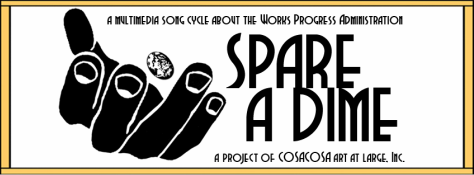
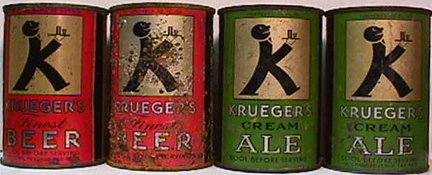
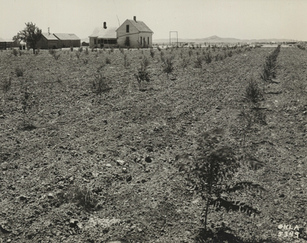
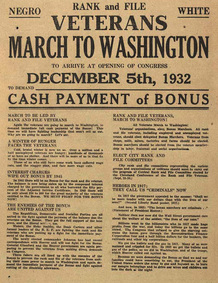
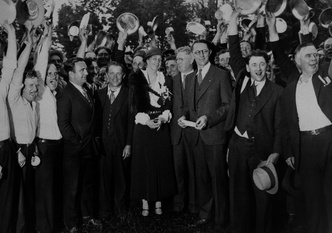
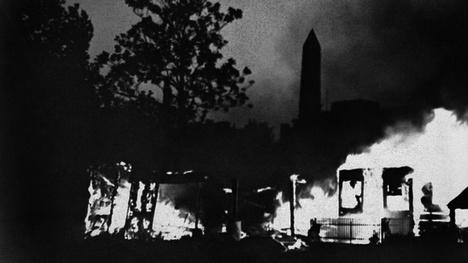
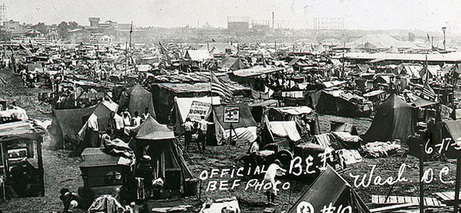

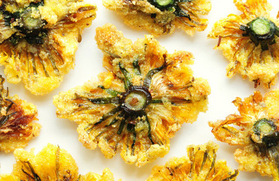
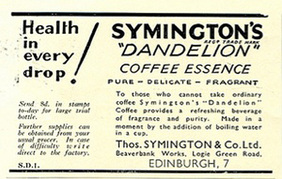
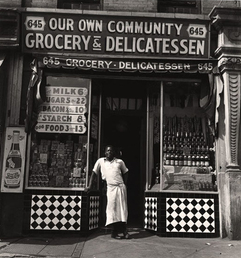
 RSS Feed
RSS Feed
